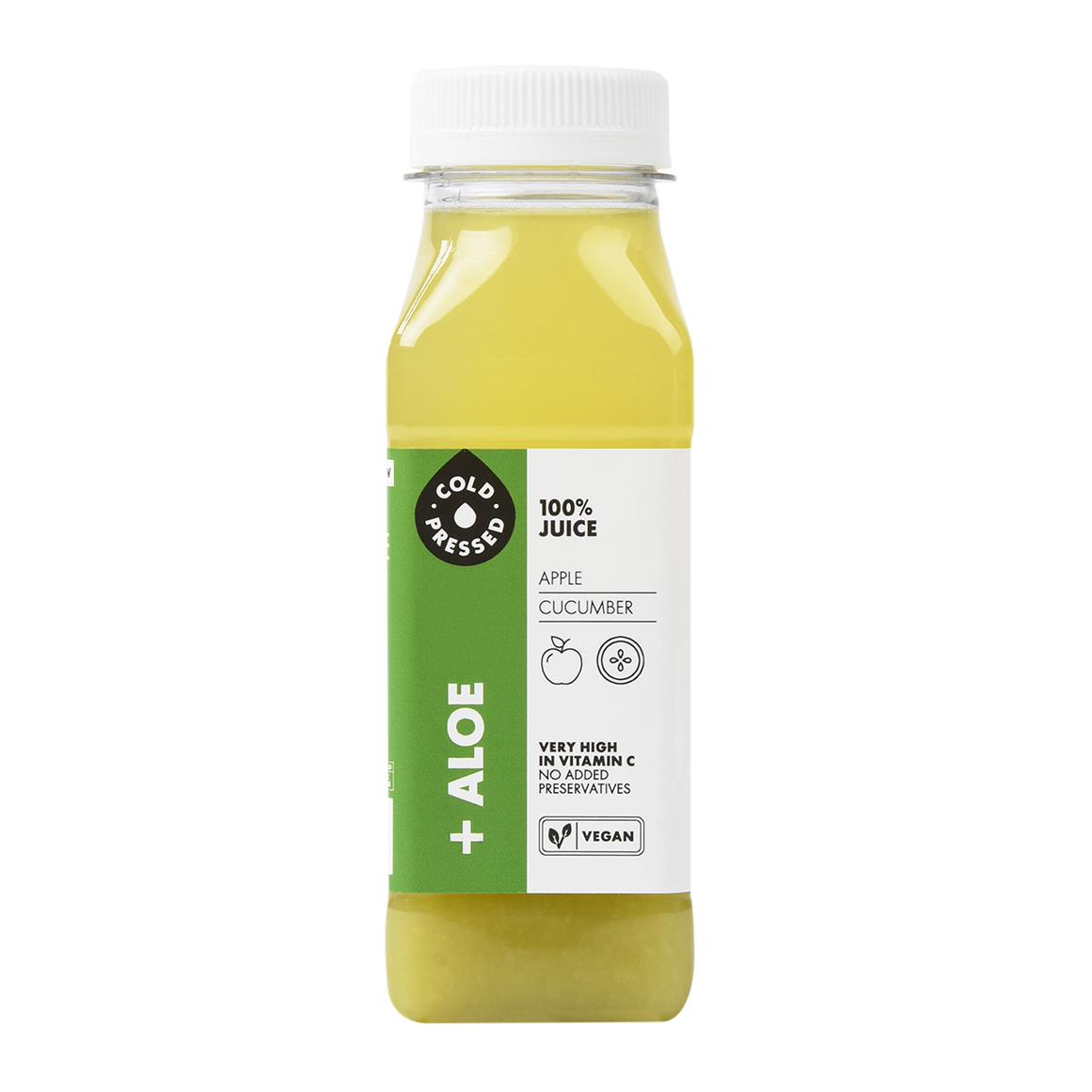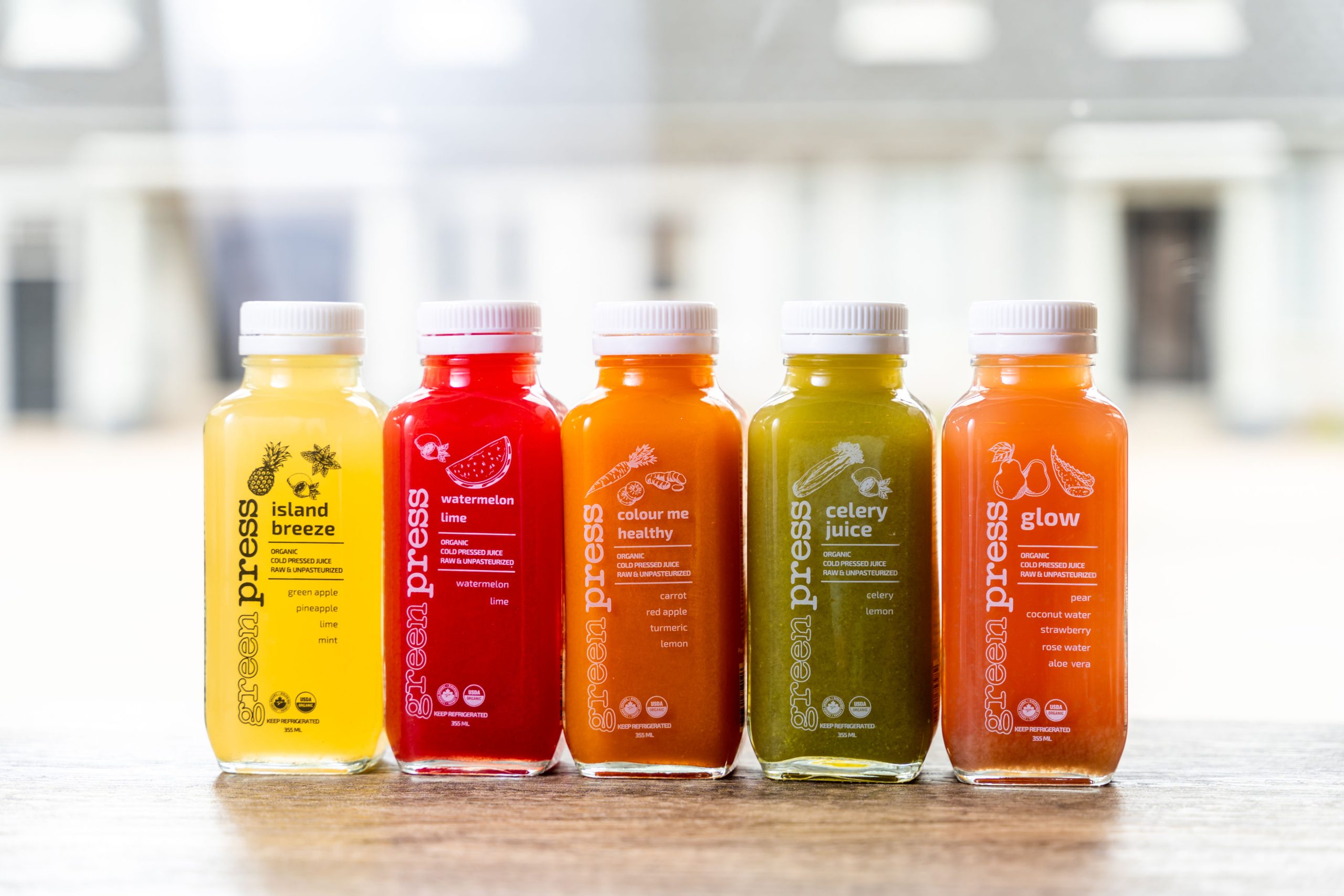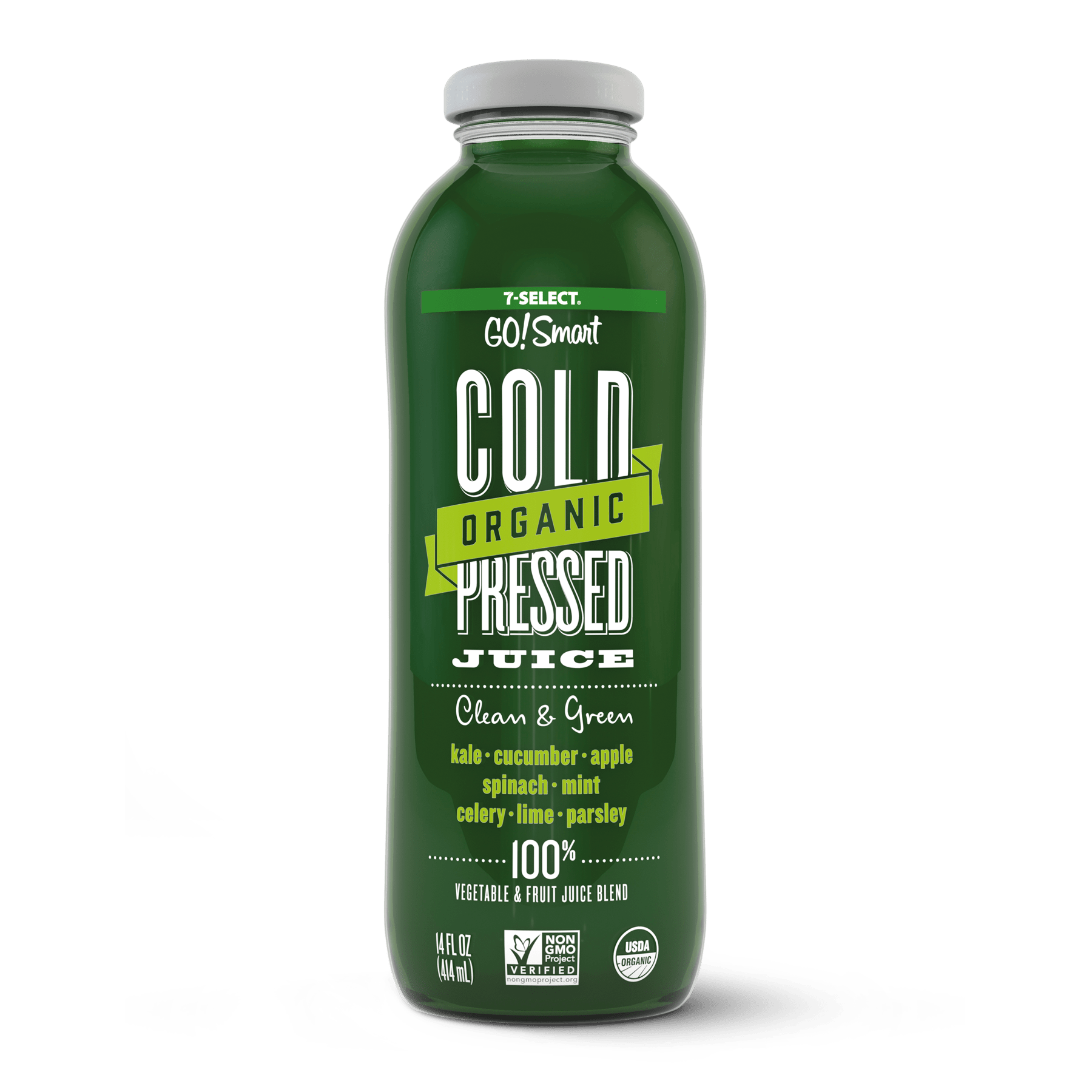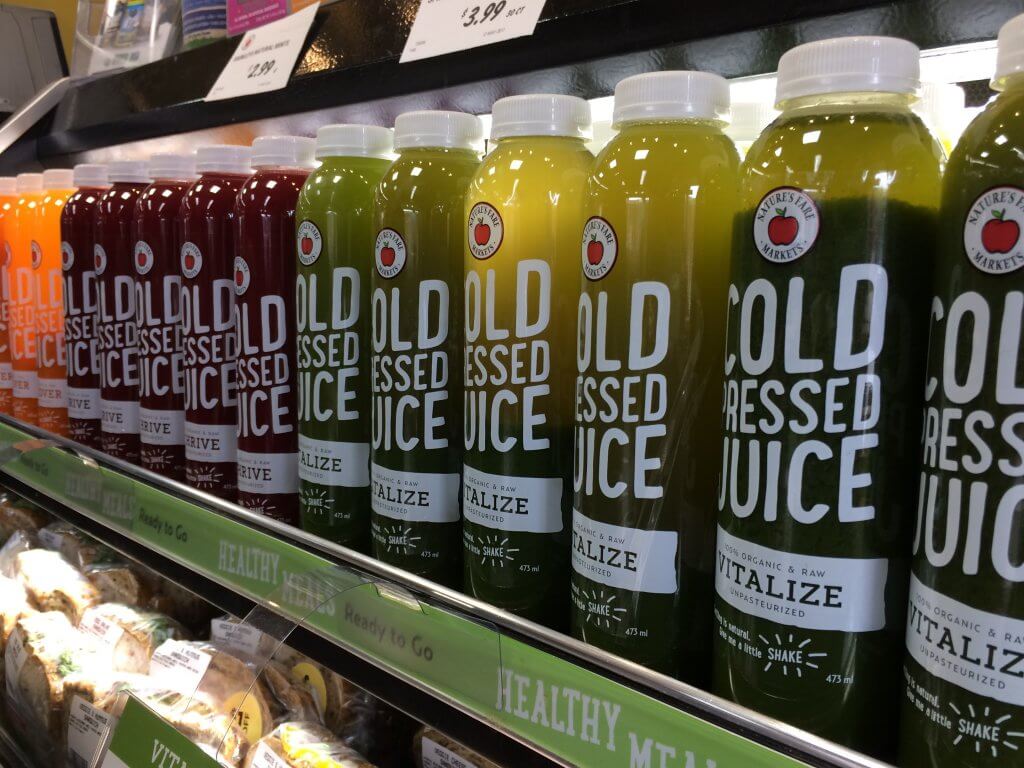Cold Pressed Juice At Whole Foods

The vibrant aisles of Whole Foods Market, long synonymous with health and wellness, are facing a subtle but significant shift in the landscape of their refrigerated beverage sections. The rise of cold-pressed juice, once a darling of the health-conscious consumer, is now navigating a more complex and competitive market, prompting questions about its continued dominance and the evolving tastes of shoppers.
This article delves into the current state of cold-pressed juice at Whole Foods, examining its presence, pricing, competition, and future prospects. We will explore the factors influencing its popularity, including consumer trends, the rise of alternative beverages, and the overall health and wellness market. Furthermore, we'll consider the potential strategies Whole Foods and juice brands might employ to maintain and grow their market share in this dynamic environment.
The Cold-Pressed Promise: From Niche to Mainstream
Cold-pressed juice gained traction for its purported health benefits, stemming from its extraction method. This process, unlike traditional juicing, avoids heat, which proponents claim preserves more vitamins, minerals, and enzymes from the fruits and vegetables.
Initially, cold-pressed juice was a niche product, primarily found in juice bars and specialty health food stores.
Whole Foods Market played a pivotal role in mainstreaming cold-pressed juice, offering a wide selection from both established brands and in-house options. The appeal was undeniable: fresh, nutrient-rich beverages promising a convenient health boost.
A Crowded Field: Competition and Alternatives
The success of cold-pressed juice has inevitably led to increased competition. Other retailers have expanded their cold-pressed juice offerings, and a plethora of new brands have emerged, often with lower price points. This increased competition impacts Whole Foods' position as a go-to destination.
Beyond cold-pressed juice, a wave of alternative beverages is vying for consumer attention. Kombucha, enhanced waters, and functional beverages with added vitamins or adaptogens offer similar health-focused appeal.
These alternatives often present themselves as more affordable or more convenient options, further eroding the market share of cold-pressed juice.
Pricing Pressures: Affordability and Accessibility
One of the most significant challenges facing cold-pressed juice is its price. The cold-pressing process is more labor-intensive and yields less juice than traditional methods, resulting in higher production costs. These costs are ultimately passed on to the consumer, making cold-pressed juice a relatively expensive beverage option.
The price point can be a barrier to entry for many consumers, especially those on a budget. Whole Foods, while known for quality, also carries a reputation for higher prices, potentially exacerbating the affordability issue for cold-pressed juice.
This leads consumers to weigh the perceived health benefits against the cost, making purchasing decisions more complex, especially with the availability of more affordable alternatives.
Consumer Trends: Evolving Preferences
Consumer preferences in the health and wellness sector are constantly evolving. The focus is shifting from solely focusing on single-ingredient benefits (e.g., just vitamins) to holistic well-being, encompassing gut health, mental clarity, and overall vitality.
Consumers are increasingly looking for products with multiple benefits and transparent ingredient lists. This shift in focus could potentially impact the demand for cold-pressed juice, particularly if it is not positioned to meet these broader wellness needs.
Furthermore, there's a growing demand for sustainable and ethically sourced products, influencing consumers' choices. Companies that can demonstrate their commitment to these values gain a competitive advantage.
Whole Foods' Strategy: Maintaining Relevance
To maintain its position in the cold-pressed juice market, Whole Foods may need to adapt its strategy. This could involve working with suppliers to optimize pricing, exploring private label options, or emphasizing the unique benefits of the juices it offers.
Enhancing the customer experience, offering educational resources about the benefits of cold-pressed juice, and focusing on product differentiation can also improve the brand image.
Offering seasonal flavors or creating unique juice blends could help Whole Foods stand out from competitors.
The Future of Cold-Pressed: Adapt or Fade?
The future of cold-pressed juice at Whole Foods hinges on its ability to adapt to changing consumer preferences and a more competitive landscape. While the health benefits remain a key selling point, brands must address affordability concerns and demonstrate their commitment to sustainability and ethical sourcing.
Innovation in flavors, ingredients, and packaging will be crucial to keep the product fresh and engaging. It also includes incorporating new health concerns and ingredient demands from consumers.
Ultimately, cold-pressed juice brands at Whole Foods must offer a compelling value proposition that justifies the higher price point and resonates with the evolving needs of health-conscious consumers. Otherwise, they risk losing market share to more agile and innovative competitors.


















